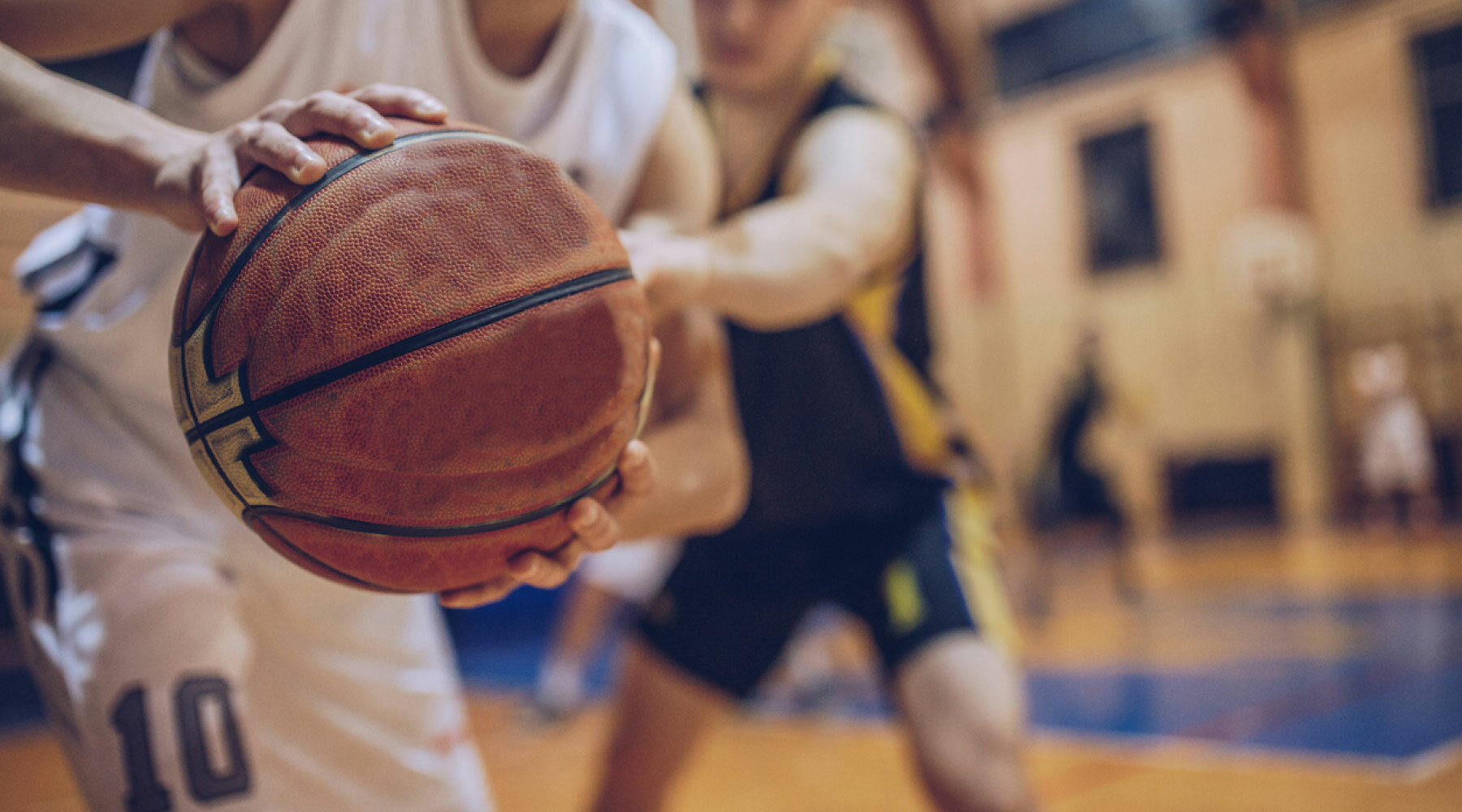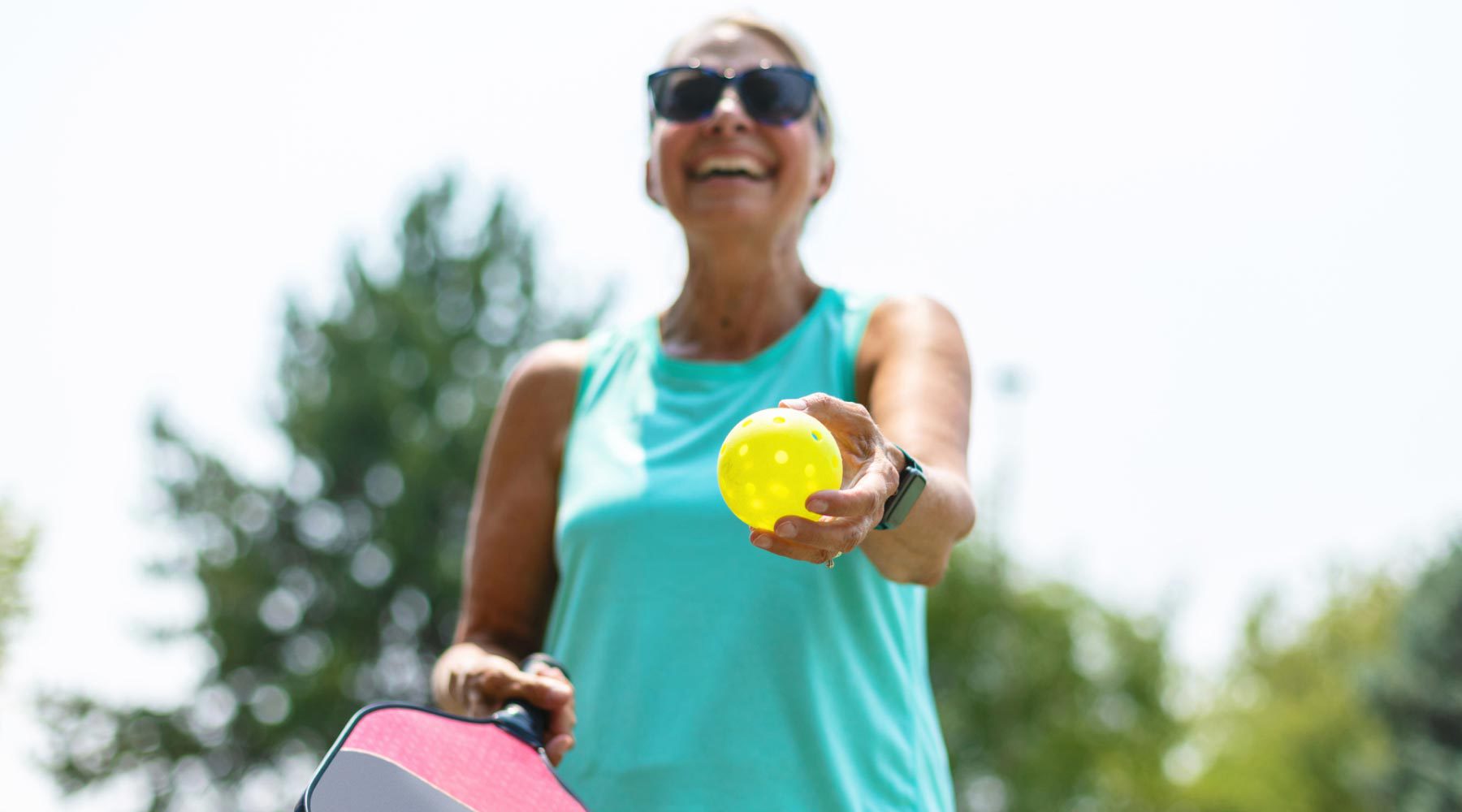
In the heat of a basketball game, with the crowd going wild and the court alive with player action, everyone’s not just aiming for points but also grappling with the sneaky injuries that come with athletic activity. Two of these sneaky foes are jumper’s knee in basketball and runner’s knee for all you long-stride enthusiasts. If you’re a high school or college student getting ready for your winter sports season, knowing about these problems could be the secret weapon to keep you ahead in your game.
The Tale of Jumper’s Knee
You’re a budding basketball star with aspirations to dunk like Jordan or shoot like Steph. As you spend hour after hour on the court, you might start feeling discomfort just below your kneecap. This could most likely be patellar tendonitis—more commonly known as jumper’s knee. This condition is an overuse injury of the patellar tendon, which connects the kneecap to your shinbone.
The repetitive jumping and downward force on the legs during a basketball game puts immense pressure on the patellar tendon, leading to tiny tears. If left unchecked, these tears can weaken the tendon and cause persistent pain, swelling, and a limitation in knee movement. It’s a stark reminder that every jump comes with a price, and this is what you, as a young athlete, need to be cautious about.
Signs of jumper’s knee include:
- Pain just below the kneecap, often during jumps or squats.
- Tenderness in the area of the patellar tendon.
- Swelling that’s noticeable especially after physical activity.
The Grit of Runner’s Knee Syndrome
On the other hand, you may don your running shoes, head out for your daily cardiovascular rendezvous, and notice a dull pain around your kneecap. This might be the onset of what runners dread most—Patellofemoral Pain Syndrome (PFPS) or runner’s knee. PFPS is a broad term used to describe pain in the front of the knee and around the patella, and it often comes from overuse or improper tracking of the patella as you bend or straighten your leg.
This condition is prevalent among runners, jumpers, and other athletes who engage in activities that require a lot of knee bending, such as biking, jumping, and other similar actions. Runner’s knee signs are often seen in young adults and include:
- Diffuse pain behind or around the kneecap, especially during activities that involve heavy use of the knees.
- Pain that increases when walking up or down stairs.
- A popping or grinding feeling or noise when the knee moves.
The Anatomy of the Problem
Understanding the anatomy of the knee is crucial. The patellar tendon, implicated in jumper’s knee, is a strong band of tissue that supports the quadriceps muscles at the front of the thigh. The stress of jumping and sudden starts and stops during basketball can overwork and strain this tendon, leading to pain and inflammation.
Conversely, PFPS, typical of runner’s knee, involves the patella or kneecap. The patella normally moves up and down in a straight line within a groove on the femur, but when the patella tracks improperly, it can result in wear and tear on the cartilage, leading to pain and dysfunction.
Distinguishing Factors: What’s the Difference?
While both conditions are forms of tendonitis, the main difference lies in the affected tendon and the motions that exacerbate the symptoms. Runner’s knee encompasses PFPS, with the pain being more diffuse around the kneecap, often on its underside. Jumper’s knee is specific to the patellar tendon.
Athletes with runner’s knee often report pain when bending the knee, especially when squatting or coming downstairs. Recovery for both can involve resting the affected knee, physical therapy, and the use of a combination of ice, over-the-counter pain relief, and perhaps knee braces. However, the specifics of the recovery plan, including rehabilitation exercises and stretches, may vary.
It’s also important to note that these conditions can overlap; a runner might find themselves on the basketball court agilely jumping, and likewise, a basketball player might be incorporating running into their training regimes. This interchangeability only underscores the need for a nuanced understanding of these conditions.
Prevention and Treatment Strategies
Both jumper’s knee and runner’s knee can be managed, and even prevented, with changes to training, proper warm-ups, and ensuring the right gear is in place. Here are some preventative strategies:
- Proper conditioning: Ensure you have the strength, flexibility, and endurance to engage in your sport of choice.
- Correct technique: Whether jumping or running, using proper form can greatly reduce the risk of injury.
- Gradual training: Don’t ramp up the intensity or duration of your training too quickly. Allow your body time to adjust.
- Quality footwear: For runners, regularly replace your sneakers. For basketball players, find a shoe that offers good ankle support and cushioning.
- Protective taping or bracing: In some cases, your physician or physical therapist may recommend taping or bracing to support the knee.
In terms of treatment, it is recommended to:
- Rest and ice: Reduce activity to give the knee time to heal, and use ice packs to reduce pain and swelling.
- Medication: Over-the-counter anti-inflammatory drugs can help manage pain and reduce inflammation.
- Physical therapy: Strengthening exercises can help support the knee, as well as stretches to maintain flexibility.
- Injections: In severe cases, corticosteroid injections may be administered to reduce inflammation.
- Surgery: Rarely, surgical intervention may be necessary to address severe cases of tendonitis, but this is usually a last resort.
The Final Score
In the court of sports medicine, distinguishing between jumper’s knee and runner’s knee is not just an academic exercise but a practical skill that all athletes should hone. As a student-athlete or coach, recognizing the nuances of these conditions is integral in the journey toward a successful and injury-free season.
Remember, your body is the most vital piece of equipment in your sporting arsenal. Listen to it, understand it, and nurture it so that you can keep jumping, running, and scoring those goals—all while ensuring your knees have a strong foundation to support your ambitions.
How Access Sports Medicine Can Help
If you’re feeling sidelined by jumper’s knee or runner’s knee, Access Sports Medicine is here to assist you. Our team of experienced sports medicine specialists can provide a comprehensive evaluation to determine the best course of treatment for your condition.
At Access Sports Medicine, we offer different treatment options, including physical therapy, personalized rehabilitation programs, and innovative treatments to help you recover and get back on the court. Our goal is to provide you with the care and support you need to slam-dunk your recovery and prevent future issues.
Learn more about our services and schedule an appointment with one of our specialists. Don’t let knee pain keep you on the sidelines—we’re here to get you back in the game!


